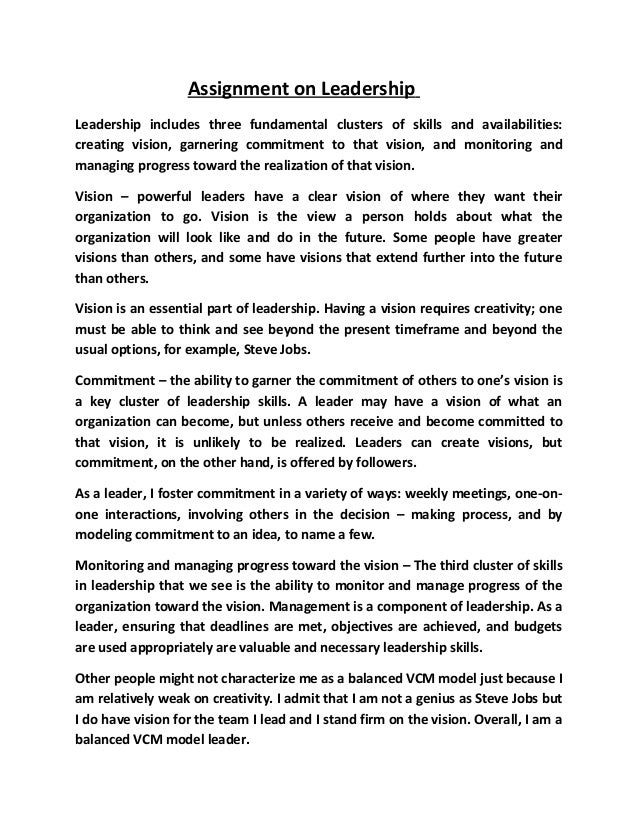





 |
 |
 |
 |
 |
 |
| Topics >> by >> thinking_about_leadership_s |
| thinking_about_leadership_s Photos Topic maintained by (see all topics) |
||
| Bottom of the ninth inning, the bases are loaded, the score is tied, there is only one out, and you are called to shut down the home team to give your team another chance in extra innings. AND you have been preparing for this moment your entire career. As I watched the above scenario unfold last night at Miller Park in Milwaukee (and as I was thinking about what I would write this morning), I was witnessing leadership in action. While much of the daily work of those in leadership positions is about planning, meeting, thinking, and executing, there come those moments where all eyes are on the one in charge, and the burden of "finishing the game" lays in one place. Though each situation is unique, each situation also calls for the same result. The closer knows ahead of time the players he will most likely face and knows what they can and cannot hit. The given reality of being fully prepared and being fully ready for anything new and different allows the leader to act upon the immediate situation they face. Huston Street (a major league closer currently with the Los Angeles Angel), he told me that as he stands on the mound, he never even hears the crowd. The noise around leaders can be deafening at those big moments of decisions - learn to listen to the inner voice. Joe Maddon made a defensive move and just as catcher Alex Avila called for the right pitches, the closer (and leader) knows that there are other people behind them to do the role for which they are prepared. Choosing (and training) the right people to have your back and then letting them do what they do best (especially in tough situations) is a key role of the leader. For the closer, there is no choice - throw the ball towards the plate and hope that the result you have been charged with actually happens. Most closers will have a blown save or two during the season, and will not lose their job because of those circumstances (too many blown saves and the role should quickly change). Good managers know to put their closer back on the mound quickly after a blown save to restore their confidence. Wade Davis (closer for the Chicago Cubs) did get the final two outs of the inning, the Cubs scored two runs in the top of the tenth, and Davis went back to the mound and got three quick outs in the bottom of the tenth for what was an important win for my team.  There are 7 factors that are included in the transactional/transformational model. 6 - Management by exception, Active and Passive corrective Transactions. Generally speaking, transactional leadership results in expected outcome while transformational leadership results go beyond the expectations. · Identifies leaders who are charismatic and are strong role models. · Followers identify with these leaders and want to emulate them. · Leader usually have very high standards and ethical conduct. · Leaders here can be counted on to do the right thing. · They are deeply respected by followers. · Followers place a great deal of trust in them. · These leaders provide followers with vision and a sense of mission. · Example: Nelson Mandela - Transformed and entire nation. · This is descriptive of leaders who communicate high expectations to followers and inspiring them through motivation to become committed. · These leaders use symbols and emotional appeals to focus group members' efforts to achieve more. · Team spirit is enhanced by this type of leadership. · Example: A sales manager who encourages his team through words to excel. · Leadership that stimulates followers to be creative and innovative, and challenges their own beliefs. · Supports followers as they try new approaches and innovative ways. · It promotes problem solving. · Representative of leaders who provide supportive climates where they listen carefully to the needs of followers. · They coach and advise while assisting followers to become fully actualized. · These leaders may use delegation as a mean to help followers grow. This differs from transformational in that the leader does not individualize the needs of the followers nor focus on their development. leadership essay introduction are effective because it is in the best interest of the subordinates to do what the leader wants them to do. They essentially exchange things of value with subordinates. · Efforts by the followers are exchanged for a specific reward. · Example: A college dean who negotiates the number of publications needed for a promotion. This post was created by Essay Freelance Writersversion! · Refers to leadership that involves corrective criticism, negative feedback, and negative reinforcements. · An example is a supervisor that closely monitors subordinate mistakes and makes corrective actions immediately. · An example is a supervisor that monitors subordinates mistakes and gives a poor performance evaluation. This is the absence of leadership. · Give no feedback. · Makes little or no efforts to help followers satisfy their needs. The research of (Bennis & Nanus, 1985) and (Tichy & DeVanna, 1986, 1990) offered other perspectives. They used similar methodologies by interviewing a number of CEOs using unstructured open-ended questions. They asked CEOs 90 questions such as What re your strengths and weaknesses? · Clear vision of the future state of their organizations. · Visions are attractive, realistic, believable, understandable, beneficial and energy creating. · The compelling nature of the vision touched the experiences of followers. · The vision needs to grow out of the needs of the entire organization. · While leaders play a role in articulating the vision, it emerges from both leaders and followers. |
||
|
||